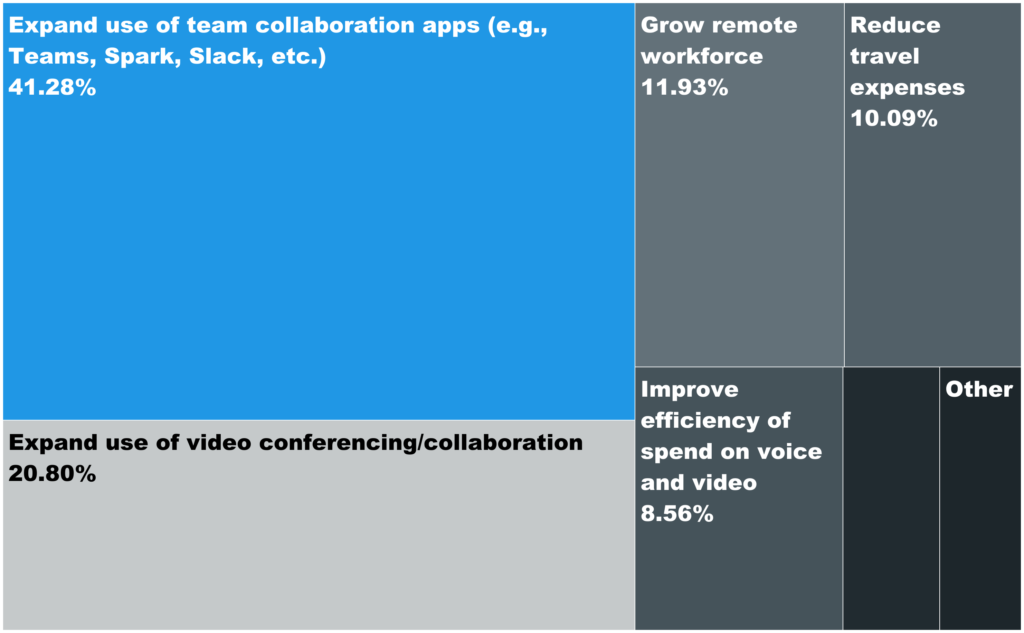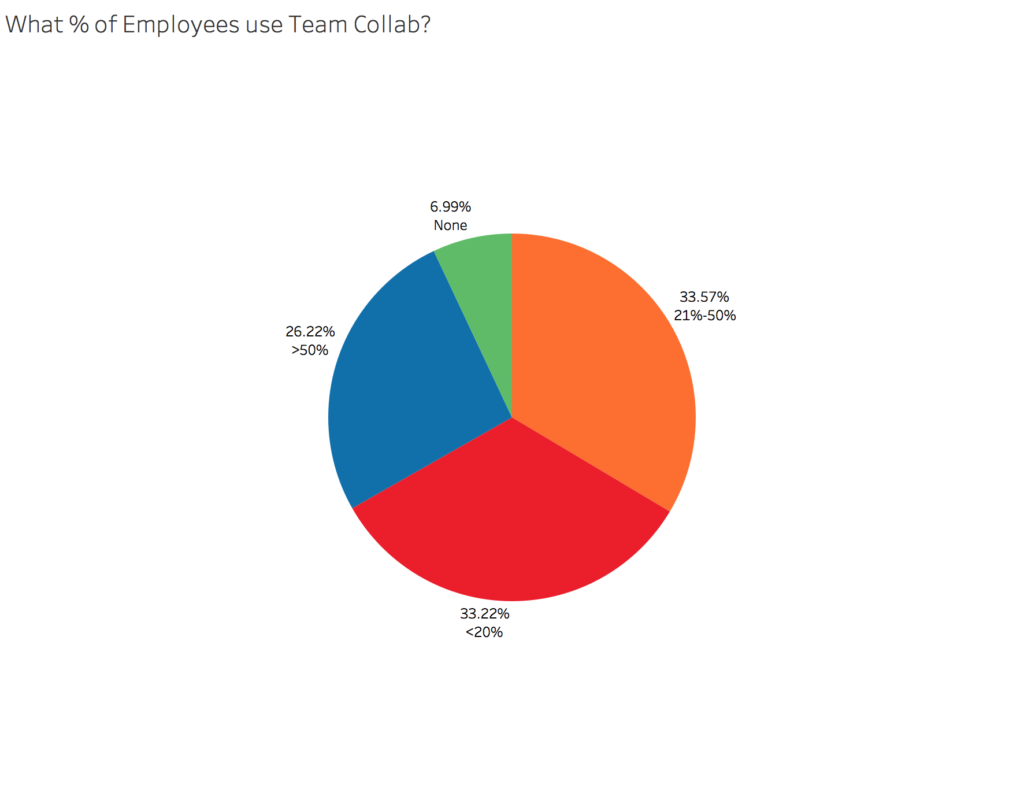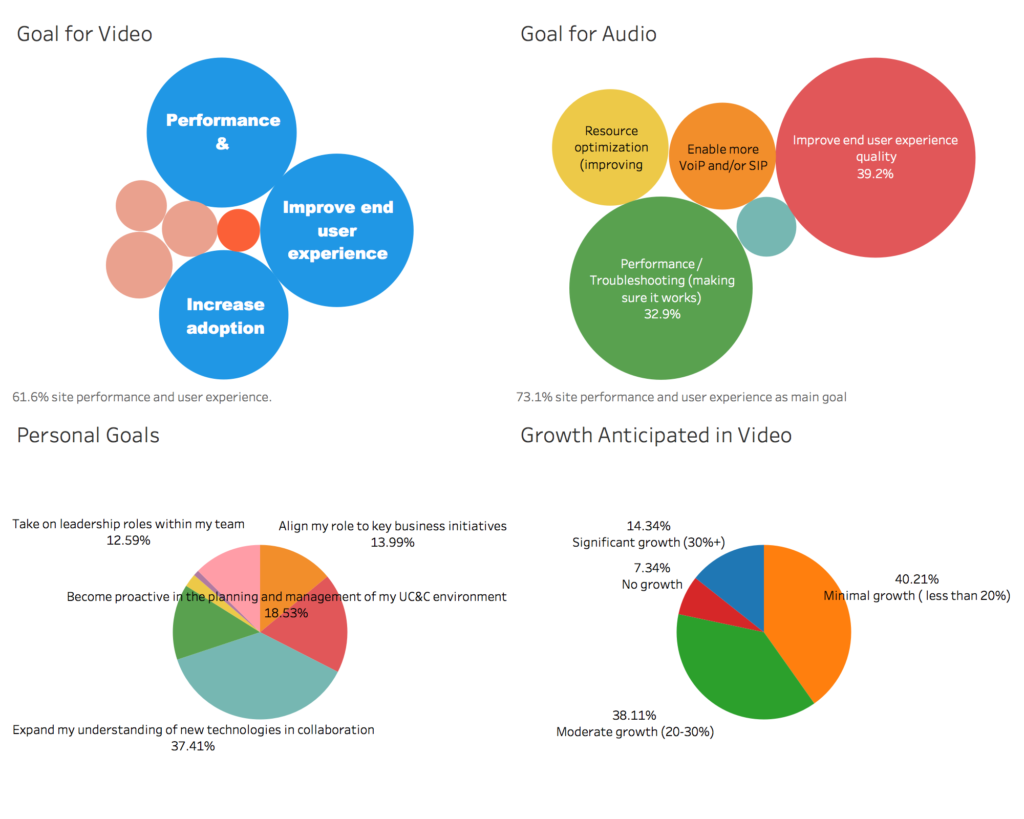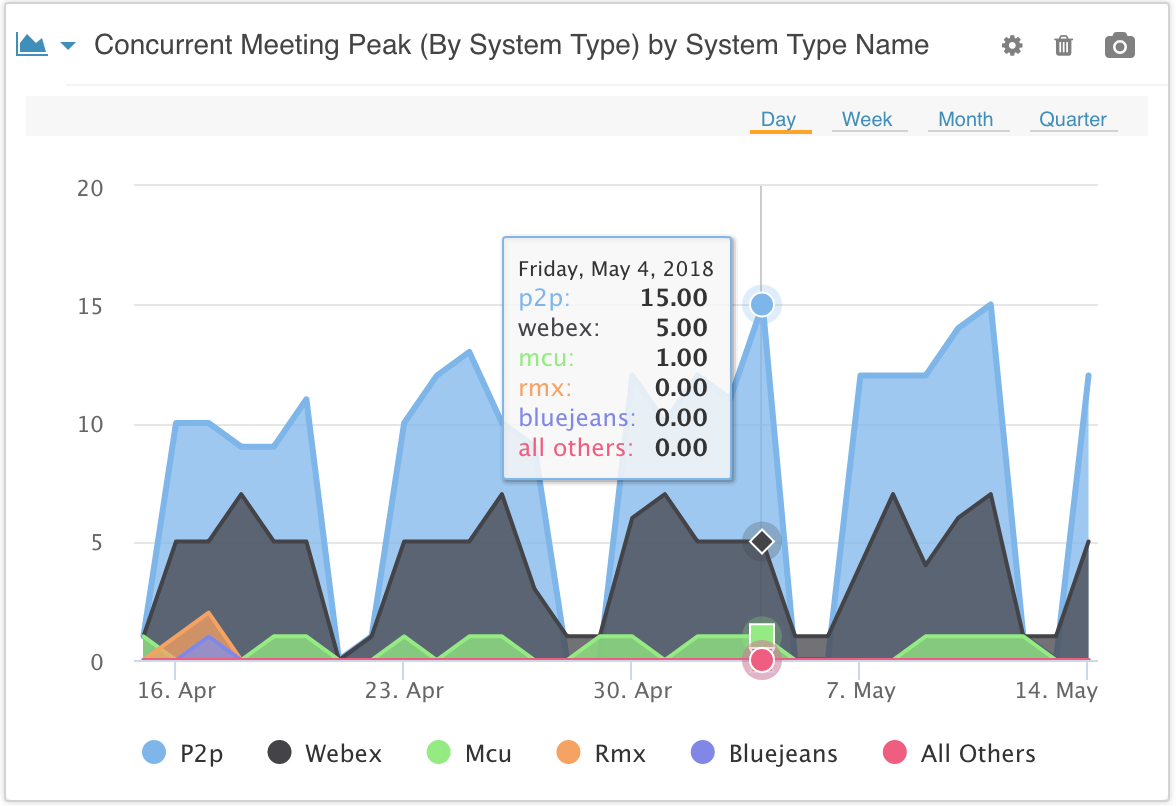It is pretty unbelievable to me that 2017 is almost over. Personally, it’s been a great year for me, and it’s been an amazing year for collaboration and technology in general.
We’ve seen several exciting new entrants into the enterprise collaboration space: from giants like Facebook, Atlassian and Amazon; to renewed focus from perennial leaders Microsoft and Cisco with Teams and Cisco SparkBoards respectively. As they say, the only constant is change, and that is especially true in this industry.
So, to cap off this great year, we put together a webinar with some insights from our survey of over 300 collaboration experts, combined it with some of our juiciest data, and then topped it all off with 3 great experts who have over 50 years of combined experience in collaboration deployment, management, and usage.
Spoiler Alert!
You can stop reading now and watch the whole thing here (40 minutes), or you can read on for my highlights. This blog doesn’t contain every insight we addressed, so watching the entire webinar (or at least listening while you work on other projects) would be a great use of time.
First, the Survey Findings
Our survey consisted mainly of UC Engineers, the guys who have to keep the lights on for collaboration, so it was kind of a surprise when the #1 priority came up as “Grow Team Collaboration Apps (e.g. Spark, Teams, Slack, etc.).” It’s not really a surprise, given how much conversation there has been on this topic throughout this year, but it is a surprise that it was the #1 priority for more than 40% of ALL respondents.


What is your # Collaboration Priority?
It was also interesting on this point that team collaboration was the #1 priority and the # 1 area for investment was integration of voice and video communication into team applications. The overall message here is that the unification of “unified communications” is finally really happening.
The second major finding was the next biggest area of investment and priority: video communication. The technology has been around, and video is finally getting the investment in time and adoption that has been anticipated.
BONUS FACT: Only 26% of companies say that more than half of employees use team collaboration applications today.

Professional and Personal Goals
Another interesting finding was the goals for our survey participants, both functionally and personally. Functionally, the number one goal for collaboration is still making it work and improving user experience. The way I see it, that means ⅔ of the time of UC engineers is still spent tuning performance fixing bugs. While this is depressing from a vendor perspective, it also means that people need more tools to diagnose and fix problems.


Goals for Collaboration
Personally, UC engineers are more interested in expanding their understanding of collaboration technologies by a margin of 2:1 over any other goal listed. Other goals included; planning and management, establishing best practices, and aligning with key business initiatives. This seems closely tied with their functional need to get things working.
Predicted Trends for 2018
So Colby, Derrick, and Mitch all agreed on the same three trends for 2018:
-
-
- The year of integration: In 2018, the key to the next phase of growth will be embedding communication and collaboration into the existing way we do business. When we want to share or talk to someone, it will be a single click from within the application we are currently working in. This is just a necessity as all work becomes more collaborative.
- Smart-er Things: If you are like me, you are probably sick of hearing about the Internet of Things, but you might as well brace for it because IoT is coming to collaboration. Along with voice interpretation and other “AI” type skills, this addition of intelligence to everyday objects is going to change the way that people interact with the collaboration spaces.
- More Video! This is great news for everyone, that video is replacing audio as the primary means to communicate. We have been watching the data on this for years (to the tune of about 1 million endpoints and 2 Billion minutes per year), and we are seeing the ratio of audio to video shift from 100:1 a couple years ago to 10:1 in the next year. There are many reasons for this from technology availability, network capabilities, and general user comfort, but they are all finally coming together. If you aren’t using video daily in your job, you better get ready for it in 2018.
-
So that is the fly-by version of our webinar. If you would like to get more details, then sign up today to view the recorded webinar. Or you can ask us a question in the chat interface at the bottom right of this screen!








